In a market that places increasingly more importance on creating a customer-centric experience, today’s top marketers must utilize personalized, 1:1 marketing strategies to drive sales and stay competitive with other companies. However, some personalized marketing efforts are more effective than others. While we have talked about some great omnichannel marketing winners, we’ll be focusing on personalized marketing winners. We’ve determined five brands that offer some of the best personalized marketing campaigns.
Amazon
Amazon incorporates personalization into marketing automation emails, as well as on their website. Last September, I experienced Amazon’s marketing personalization first-hand, when I received three emails from the company within the week following a purchase of textbooks.
The first email I received was an order confirmation email. The email confirmed that my payment had gone through, that my order had been made, and – most importantly – included a thank you for shopping with Amazon. The second email I received confirmed that my order had been shipped and, once again, thanked me for my purchase. The final email I received was signed from TextbooksTexas, but was sent through Amazon. I received confirmation that my order had been delivered, a request for review, and yet another thank you.
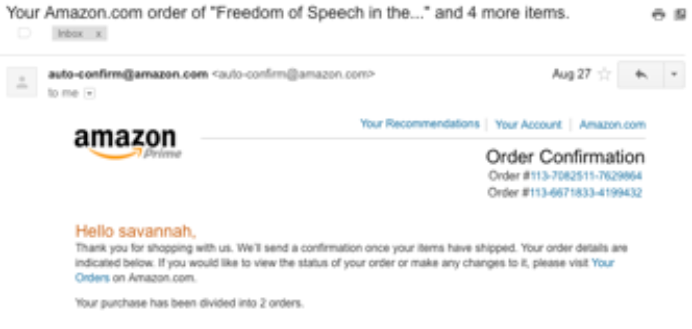
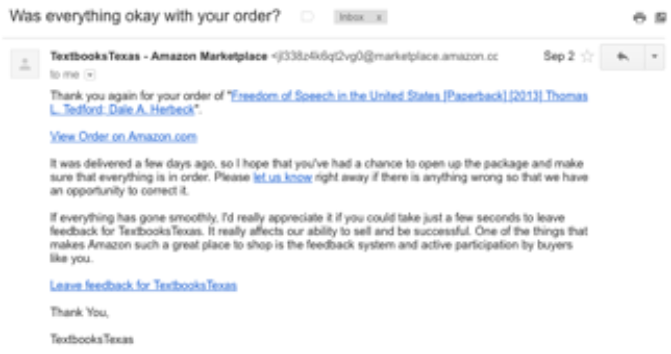
While each of these emails contain different content, they all thank the customer for making a purchase. Incorporating a simple “thank you” can turn a standard confirmation email into an intimate shopping experience, making the customer feel appreciated. Showing gratitude makes the customer feel valued, which increases the likelihood for loyalty and future purchases.
In addition to emails, Amazon also implements personalized marketing when customers visit their sites. A widget at the bottom of their home page lists recently viewed and recommended items for past customers, based on previous purchases. Because my past purchases had been textbooks for journalism and human rights classes, my widget was filled of different books of the same nature.

Anthropologie
Anthropologie has one of the best personalized marketing strategies for their customers’ birthdays. The retailer sends several emails to consumers over the course of their birthday month. At the beginning of the month, Anthropologie sends an email inviting the birthday guy or gal to a birthday soiree at the nearest store, complete with appetizers, personal styling, and discounts. Anthro also sends multiple emails throughout the month with special codes for discounts to birthday customers.
People like to celebrate their birthdays with family, friends, and loved ones. As Anthropologie sends customers birthday celebration emails, the retailer nonchalantly categorizes itself into the same category as those friends and loved ones. This simple personalization technique gives Anthropologie another dimension: a company that wants to maintain a close relationship – not just another sale.


Hostelworld.com
Hostelworld.com is the world’s number one hostel booking website – an accomplishment that can be explained by their personalized marketing strategy.
After one stays in a hostel booked through Hostelworld, he or she receives an email requesting a review about their stay. If, after a few days, the traveler still has not reviewed their stay, Hostelworld sends out a friendly reminder email. In big bold letters at the top of the email, Hostelworld tells the user, “We value your opinion.” Hostelworld also sends an email to its users six months following their last use of the site. This email is a reminder to travelers that Hostelworld is still around, and highly values their business.
In both of these emails, Hostelworld emphasizes the high value they place on each of their users. And, when a customer feels valued, they are likely to become repeat users.
Spotify
Similar to Amazon, Spotify incorporates personalized marketing through emails and their actual site in order to generate and maintain subscriptions.
Spotify sends out several emails each month with recommendations for music to the subscriber. These recommendations are based off of music that the user has previously listened to on Spotify. In addition, users have the option to discover new music recommended by Spotify on the Spotify platform. These recommendations, again, are based off of music the listener has listened to in the past.
ASOS
The retailer is another company that has utilized personalization through marketing automated emails to drive sales. Interested in bringing back past customers who have not visited their online store in a while, the company sends out an email with a special promo code for discounts on items on the site. Asos also sends out abandoned shopping cart emails to customers who have left the site without purchasing items they placed in their cart. As online studies show that 60% of online shoppers return to the site to make purchases after receiving an abandoned shopping cart email, Asos’s marketing automation techniques are a strategic implementation.
In both types of emails, the importance Asos places on keeping tabs on past customers is very clear. Forbes explains the importance of customer retention through statistics, like Gartner Group’s findings that 80% of a company’s future revenue will come from 20% of existing customers.
Wrapping it up
From using personalization to celebrate birthdays, to keeping customers engaged, companies utilize various 1:1 marketing techniques to generate sales. And, as data usage and omni-channel develop further, we can’t wait to see what personalized marketing campaigns await in 2015!

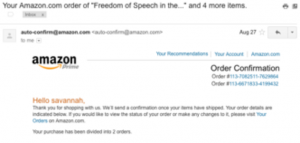
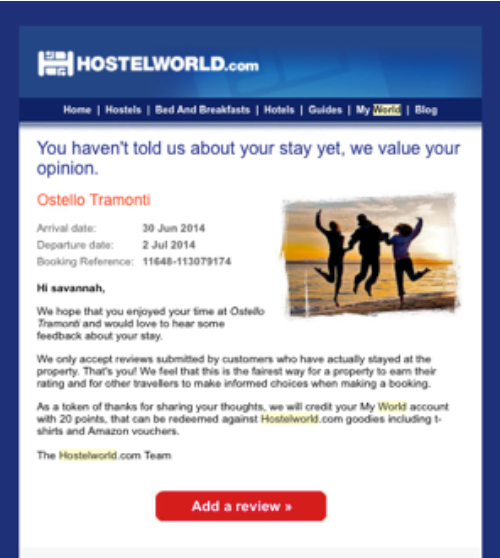
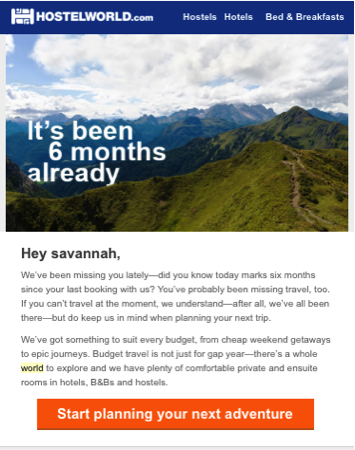
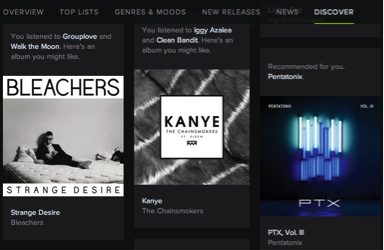
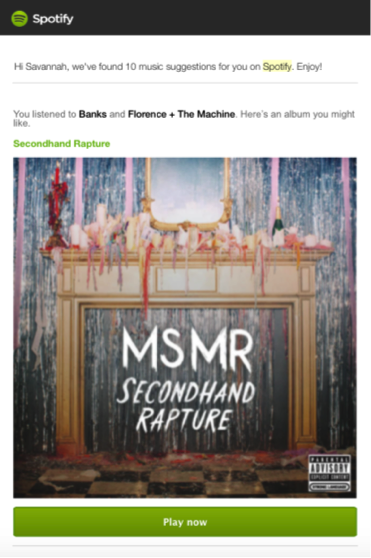
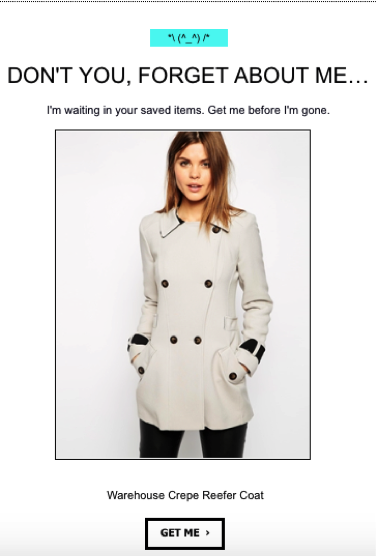
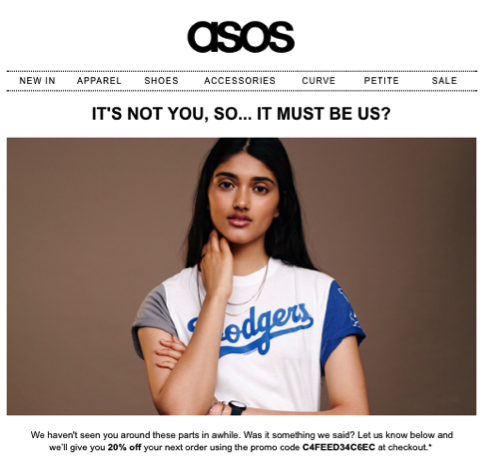

 st Tuesday and Wednesday, a few of us from NectarOM took a break from our traditional office duties and attended this year’s Dallas Digital Summit.
st Tuesday and Wednesday, a few of us from NectarOM took a break from our traditional office duties and attended this year’s Dallas Digital Summit.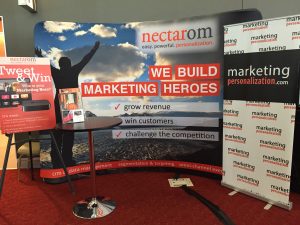
 DDS speakers, regarding trends and forecasts for marketing and data usage. Some of our interviewees include Arnie Kuenn, CEO of Vertical Measures; Robert Richardson, Editorial Director for TechTarget Security Media Group; Jeff Sheehan, President of Sheehan Marketing Strategies; and Steve Hammer, President of RankHammer. Stay tuned for footage from our interviews, which we will post on marketingpersonalization.com next week!
DDS speakers, regarding trends and forecasts for marketing and data usage. Some of our interviewees include Arnie Kuenn, CEO of Vertical Measures; Robert Richardson, Editorial Director for TechTarget Security Media Group; Jeff Sheehan, President of Sheehan Marketing Strategies; and Steve Hammer, President of RankHammer. Stay tuned for footage from our interviews, which we will post on marketingpersonalization.com next week!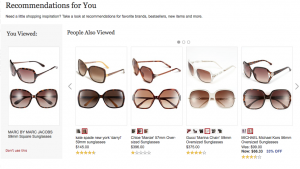


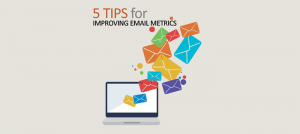
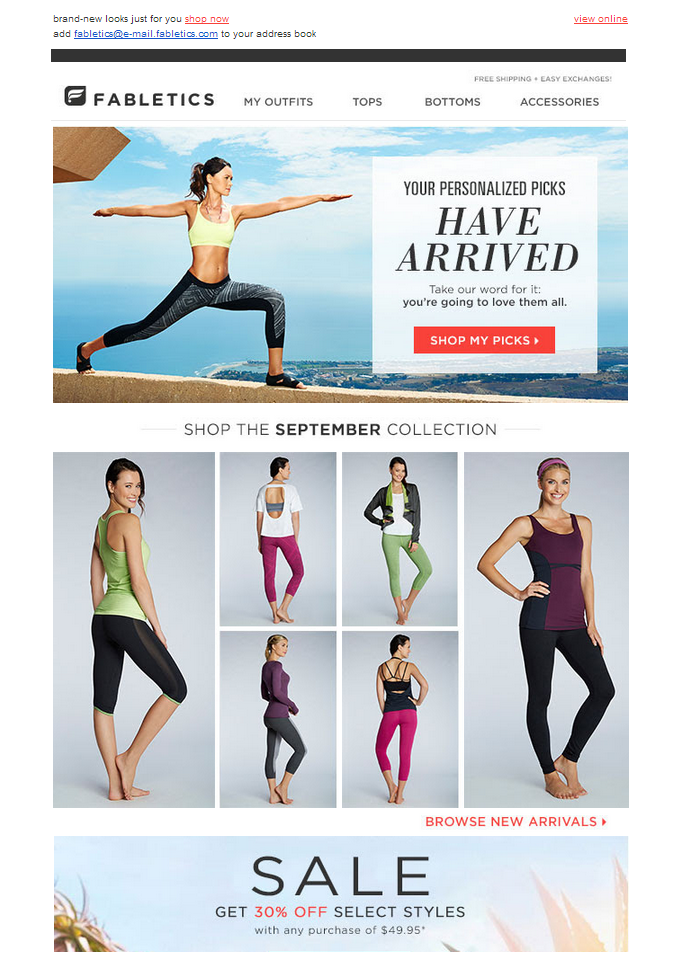



 At this point, you’re still in the preliminary stages of determining whether or not personalization is a right fit for your company. It’s important to find out what you’re really looking for in a marketing personalization suite. Do you need a powerful e-mail, customer relationship management, and personalization tool? Or do you have an email deployment platform already and are looking to supplement your email service provider with marketing personalization?
At this point, you’re still in the preliminary stages of determining whether or not personalization is a right fit for your company. It’s important to find out what you’re really looking for in a marketing personalization suite. Do you need a powerful e-mail, customer relationship management, and personalization tool? Or do you have an email deployment platform already and are looking to supplement your email service provider with marketing personalization?





